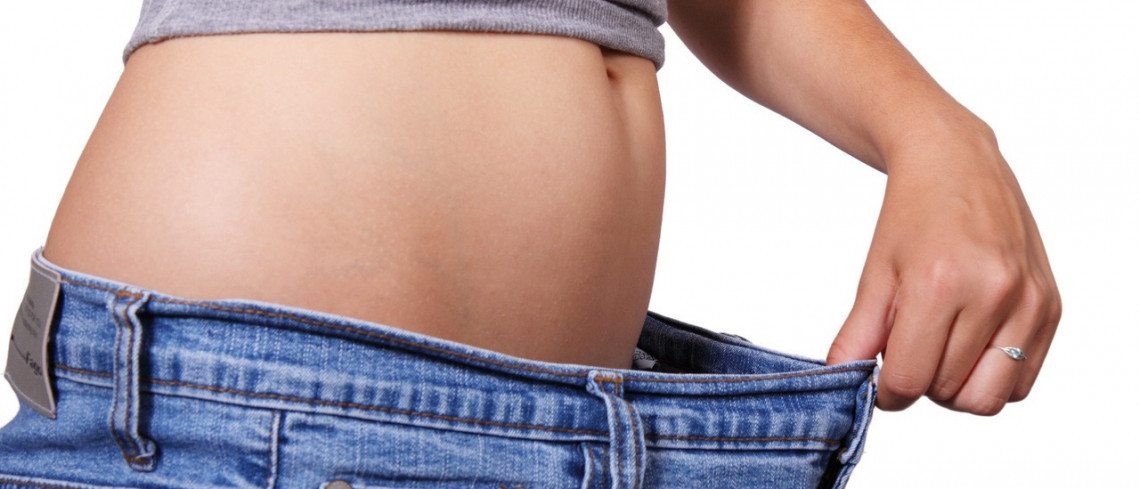
The average woman will change dress size 31 times during the course of her adult life.
Key milestones that often lead to women having to move up to a larger size includes having babies, co-habiting with a partner and during the first few years of marriage.
Conversely, ladies tend to drop size in the lead up to a pre-wedding, after the loss of someone close and following break-ups.
Of course, typically winter can often mean a major ‘blip’ in weight – the post Christmas over indulgence means we all ‘go large’ after holidays away.
Men will typically go up or down a clothes size on 24 occasions – with a third identifying stress at work as the reason for the change.
The research of 1,000 women and 1,000 men was commissioned by Fits Me, a fit tool that helps shoppers to find their perfect size.
Six in 10 women said they aren’t happy with their clothes size – compared to 45% of men who feel the same way.
Three quarters of females own garments that no longer fit them properly with around 16 ill-fitting items found in the average woman’s wardrobe.
While 61% of men have kept hold of clothing that is either too big or too small for them – on average keeping hold of 14 items.
Half of respondents said they hang on to clothes that don’t fit because they want to get back into them one day and a fifth have a sentimental connection to the items.
The typical female is most happy with her clothes size aged 28 and men are most content at 29 years old.
In contrast, women are most dissatisfied with their proportions at 38 while males feel similarly aged 39.
A quarter of men and almost half of women have avoided going to clothes shops because they were concerned they wouldn’t find garments that fit as they would like.
Four in 10 respondents have been shopping for clothes only to find their size has gone up while 26% have seen their size go down.
The research of 1,000 women and 1,000 men was commissioned by Fits Me, a fit tool that helps shoppers to find their perfect size.
New NHS figures out earlier this month revealed that 27% of adults are now classed as obese, whilst 41% of men and 31% of women are overweight.
The figures also show people in England have put on almost 1.5 billion pounds in weight over the last 20 years, according to calculations by Cancer Research UK.
Also this week, Japanese scientists discovered that eating fish could help prevent middle-age spread, with omega-3 fats in fish oil turning ‘bad’ fat cells into healthy ones that can burn off calories.
According to the statistics from the British Association of Aesthetic Plastic Surgeons for 2015, a whopping 5,551 of us underwent liposuction, resulting in a rise of 20% from the previous year.
However, plastic surgeons are quick to point out that liposuction is not a treatment for obesity.
BAAPS says: ‘The amount of fat that can be removed from a localised area is limited by what is safe (maximum of 3 litres) and a natural limitation when no further fat can be removed.’
Meanwhile, the American Society of Plastic Surgeons (ASPS) claims the best liposuction candidates are ‘Adults within 30% of their ideal weight who have firm, elastic skin and good muscle tone.’
Last week, a US plastic surgeon suggested that most of us seek fat reduction surgery to improve body image rather than resolve health concerns.
Dr Richard Buckley thinks that any fat-busting surgery should also involve a conversation about how best to keep off the weight by eating well and working out.
Ask an Expert
Find a practitioner
Related Treatment

Liposuction
Liposuction can be used on most of the body and is...
